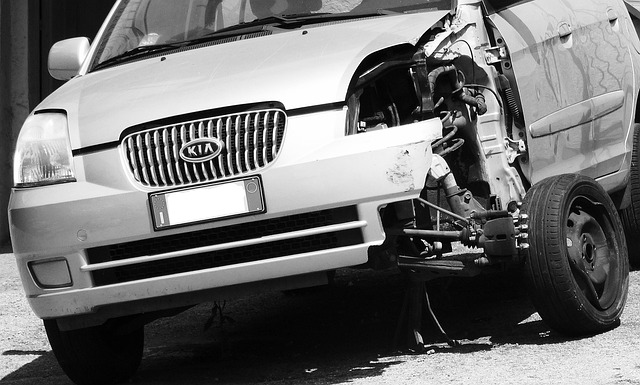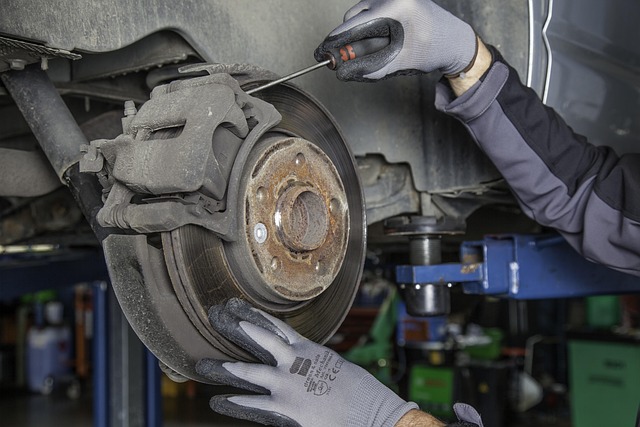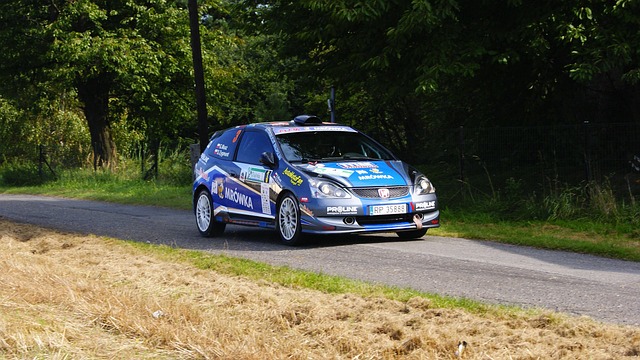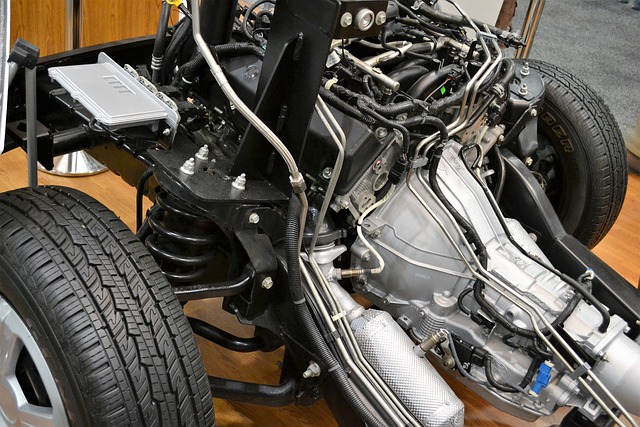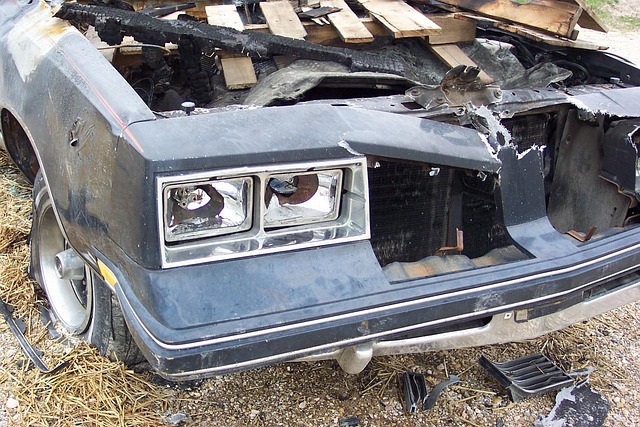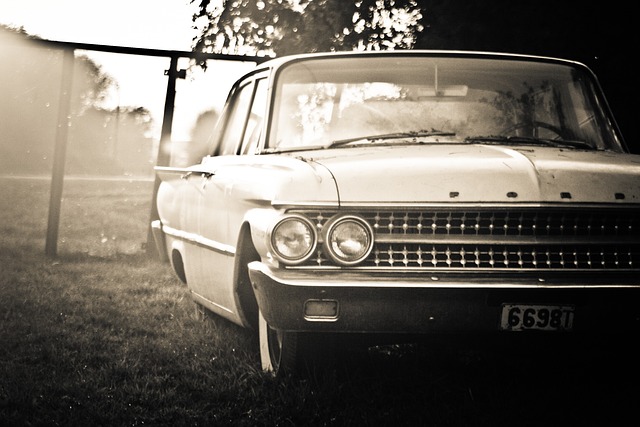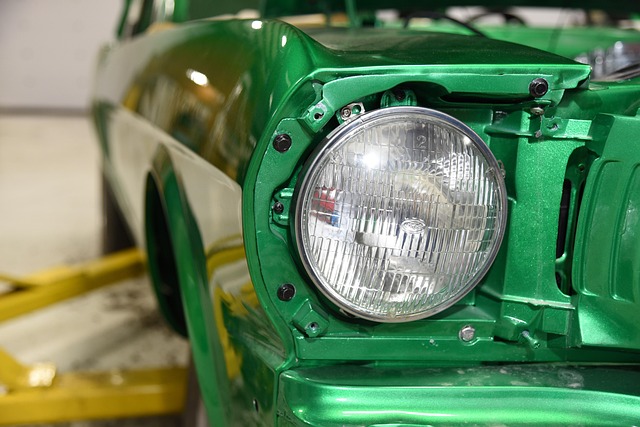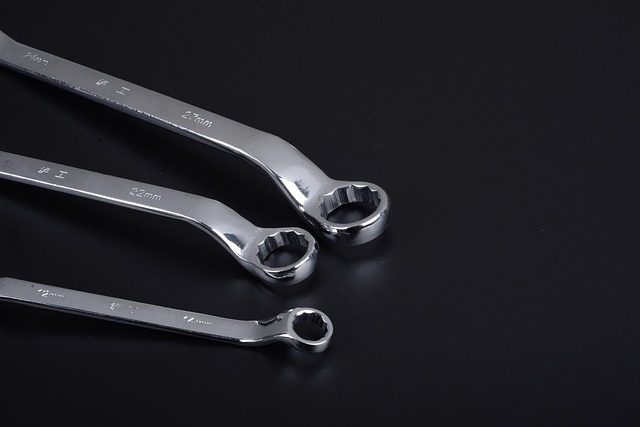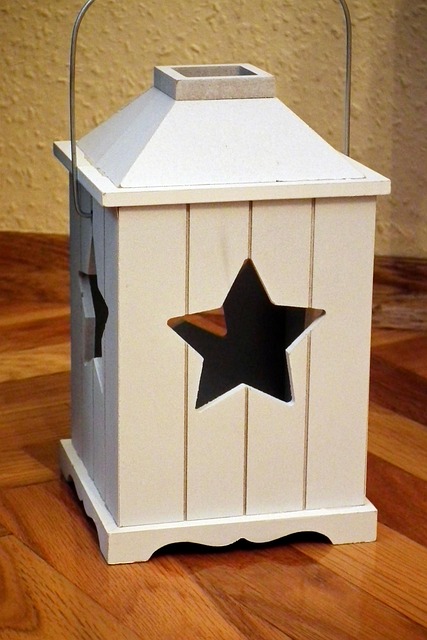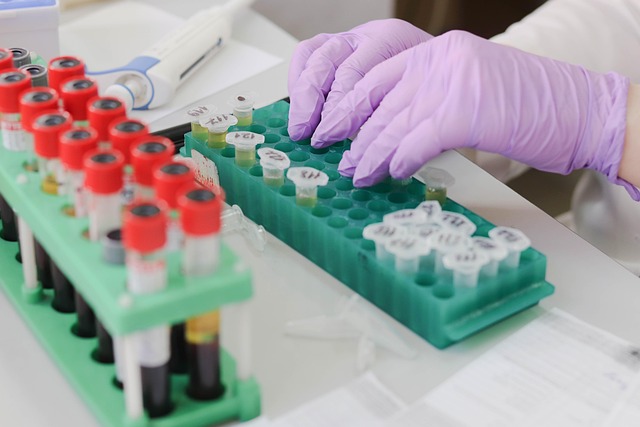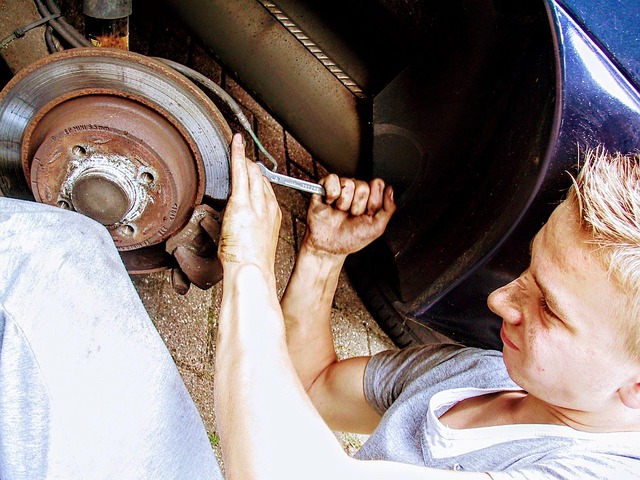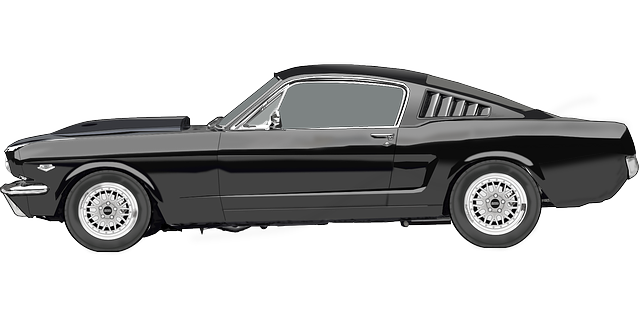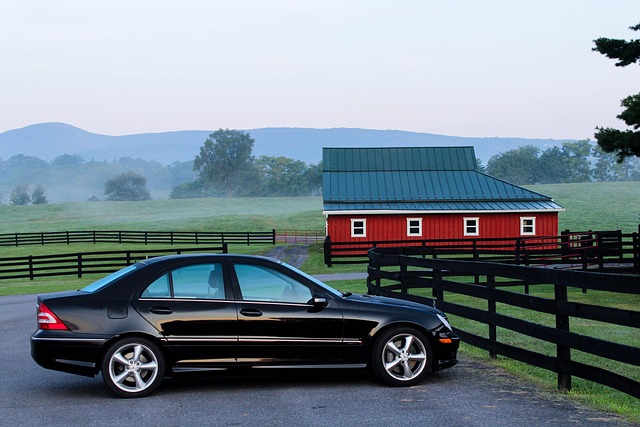MIG welding collision repair is a transformative process in auto bodywork, combining precise electrode wires and inert gas to achieve robust welds for structural integrity and aesthetic accuracy. This versatile technique addresses minor dents to significant damage while maintaining original vehicle specifications, crucial for safety and resale value. Effective practices involve specialized equipment, strict safety protocols (ventilation, arc flash protection), meticulous surface preparation, optimized wire feed speed, and consistent arc length for high-quality results comparable to factory work. Consulting experienced professionals enhances skillsets for complex jobs.
In the realm of automotive collision repair, Migr (MIG) welding has emerged as a game-changer. This efficient, precision technique offers a robust solution for joining metal components with minimal heat input and reduced material distortion.
This article delves into the key elements of MIG welding for collision repair, exploring its benefits, essential equipment, safety measures, and expert techniques to ensure high-quality, durable repairs.
- Understanding MIG Welding: Basics and Benefits for Collision Repair
- Essential Equipment and Safety Measures for Effective MIG Welding in Collision Repair
- Techniques and Tips for Achieving High-Quality Results in MIG Welding Collision Repair
Understanding MIG Welding: Basics and Benefits for Collision Repair
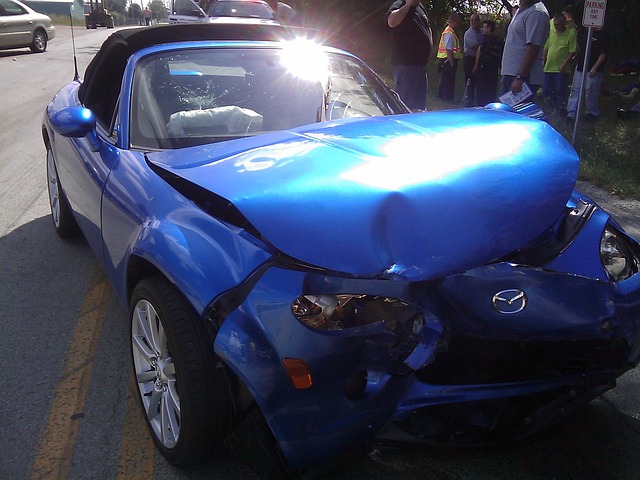
MIG welding collision repair is a specialized technique that has revolutionized the auto bodywork industry. It stands for Metal Inert Gas welding, and it’s a process that combines a solid wire electrode with a inert gas to create a strong, precise weld. This method offers numerous benefits for collision repair centers, as it facilitates both structural integrity and aesthetic precision during frame straightening.
The versatility of MIG welding makes it ideal for repairing various types of auto collisions, from minor dents to major structural damage. By enabling welders to join different metals with high speed and accuracy, MIG welding ensures that the finished work matches the original car’s specifications seamlessly. This level of detail is crucial in maintaining the vehicle’s safety and resale value, making MIG welding a go-to choice for many collision repair centers.
Essential Equipment and Safety Measures for Effective MIG Welding in Collision Repair
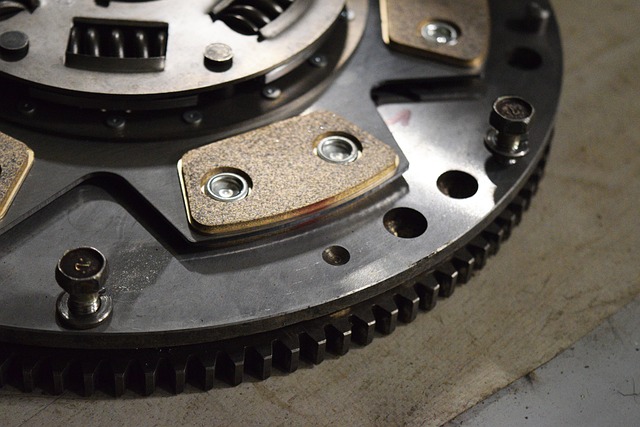
In effective MIG welding collision repair, essential equipment and robust safety measures are paramount. The process relies on specialized machinery like the MIG welder itself, which uses a metal inert gas to create precise, strong bonds. Supplementing this core toolset are crucial accessories such as wire feeders, pressure gauges, and safety gear including gloves, goggles, and protective clothing. These elements work in harmony to enable accurate, consistent welds that meet or exceed industry standards.
Safety is paramount in any auto body repair context, especially when employing MIG welding techniques. Proper ventilation is critical to prevent the accumulation of toxic fumes, while arc flash protection safeguards technicians from severe burns. Additionally, understanding and adhering to safety protocols for ground wires, shielding gas flow, and electrical connections ensures a secure workspace. Incorporating these measures into collision repair processes facilitates not only high-quality paintless dent repair and auto glass repair, but also enhances the overall effectiveness of auto body repair.
Techniques and Tips for Achieving High-Quality Results in MIG Welding Collision Repair
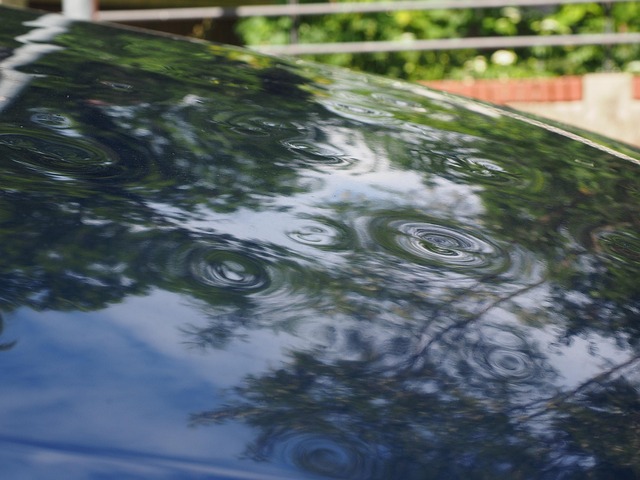
Achieving high-quality results in MIG welding collision repair requires a combination of precision, skill, and the right techniques. First, ensure proper preparation of the metal surfaces, including cleaning and degreasing to eliminate any contaminants that could affect the weld’s integrity. Using the correct wire feed speed and voltage settings for your specific material is crucial; this can be determined through experience or consultation with a professional. Maintaining a steady arc length and angle will produce consistent, clean welds. Practice on scrap pieces of metal before attempting repairs on a vehicle to hone these skills.
Additionally, leveraging the right tools like high-quality MIG guns and gas mixers can significantly enhance your results. Regularly replacing consumables such as electrodes and gas filters ensures optimal performance. For intricate or large repair jobs, consider seeking guidance from an experienced auto repair shop that specializes in MIG welding. Remember, attention to detail throughout the process—from selecting the right wire diameter for the job to ensuring proper cooling and finishing—is key to achieving a seamless, long-lasting repair that rivals factory-quality work, even for tire services or auto painting applications.
MIG welding collision repair is a specialized skill that combines precision, safety, and an understanding of both metal and equipment. By mastering the basics, adhering to safety protocols, and employing effective techniques, professionals in the collision repair industry can achieve high-quality results. This article has outlined key elements to consider, from the benefits of MIG welding to essential equipment and practical tips, providing a comprehensive guide for those looking to excel in this field.
